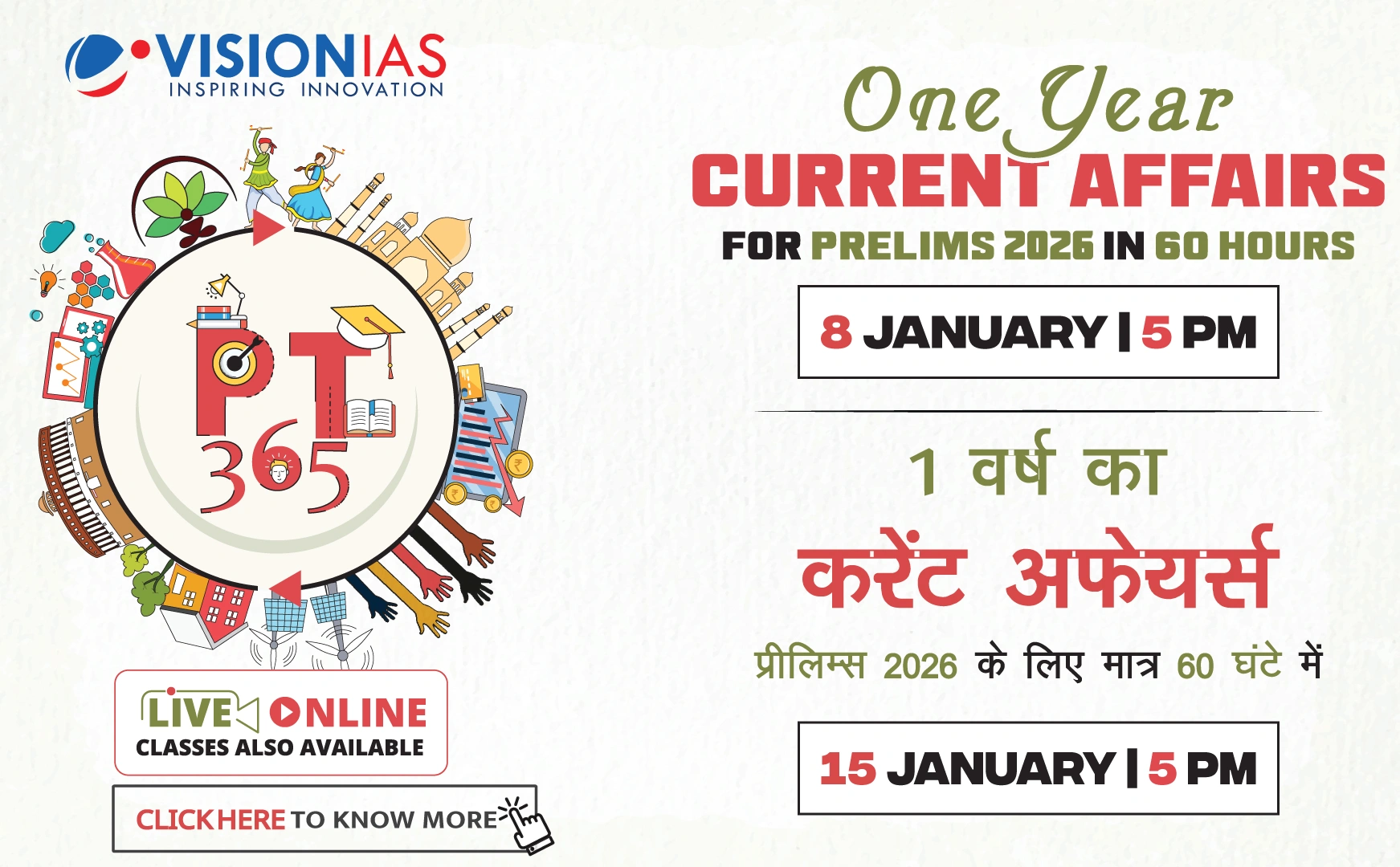India-United Kingdom Comprehensive Economic and Trade Agreement (CETA)
The India-UK CETA, signed recently, exemplifies the negotiation dynamics between two major economies of similar sizes. This agreement reflects a balance of concessions and strategic interests from both sides.
Key Provisions and Details
- Duty-Free Access: The UK has granted India duty-free access to approximately 99% of its tariff lines.
- Movement of Professionals: Despite the agreement, the UK has been cautious, with a quota of 1,800 visas annually for niche professional roles, including yoga instructors and classical musicians. Broader categories like business visitors or IT professionals remain unaddressed, a point India emphasized.
- Indian Tariff Concessions: India has allowed about 90% of its tariff lines for duty-free imports from the UK but has excluded key UK demands like dairy products, apples, oats, and edible oils.
- Automobile Imports: India will reduce duties on automobile imports by 100 percentage points over time, with a graded quota over the next decade to protect its domestic industry.
Strategic Implications
- Both parties aim for mutual benefits, viewing the deal as a non-zero-sum game.
- The agreement comes amid rising global tariff and non-tariff barriers, emphasizing enhanced bilateral trade.
Opportunities for Growth
- UK is currently a small trading partner for India, offering substantial growth potential.
- Significant gains are anticipated in sectors like agriculture, textiles, leather, and chemicals.
- The UK as a gateway to Europe could facilitate increased trade flow, enhancing duty-free benefits.
- Potential foreign investment increase as companies seek to leverage India's duty-free access.
Future Trade Negotiations
- The CETA acts as a benchmark for future agreements, with expectations of greater concessions in negotiations with larger economies like the US and EU.



